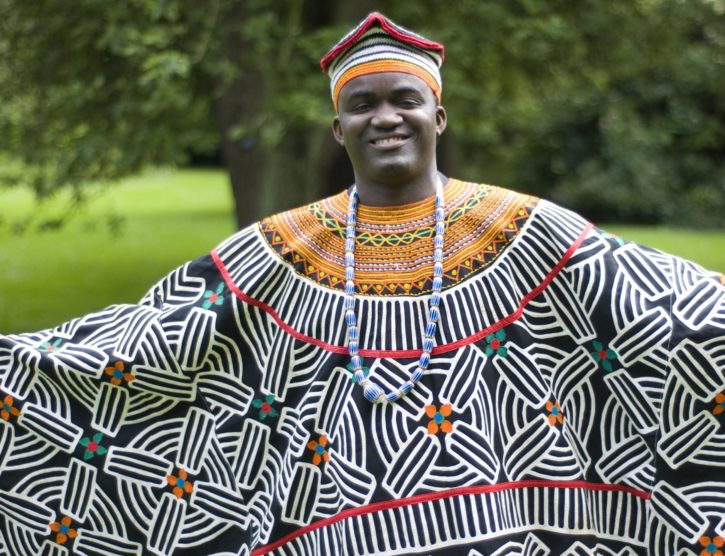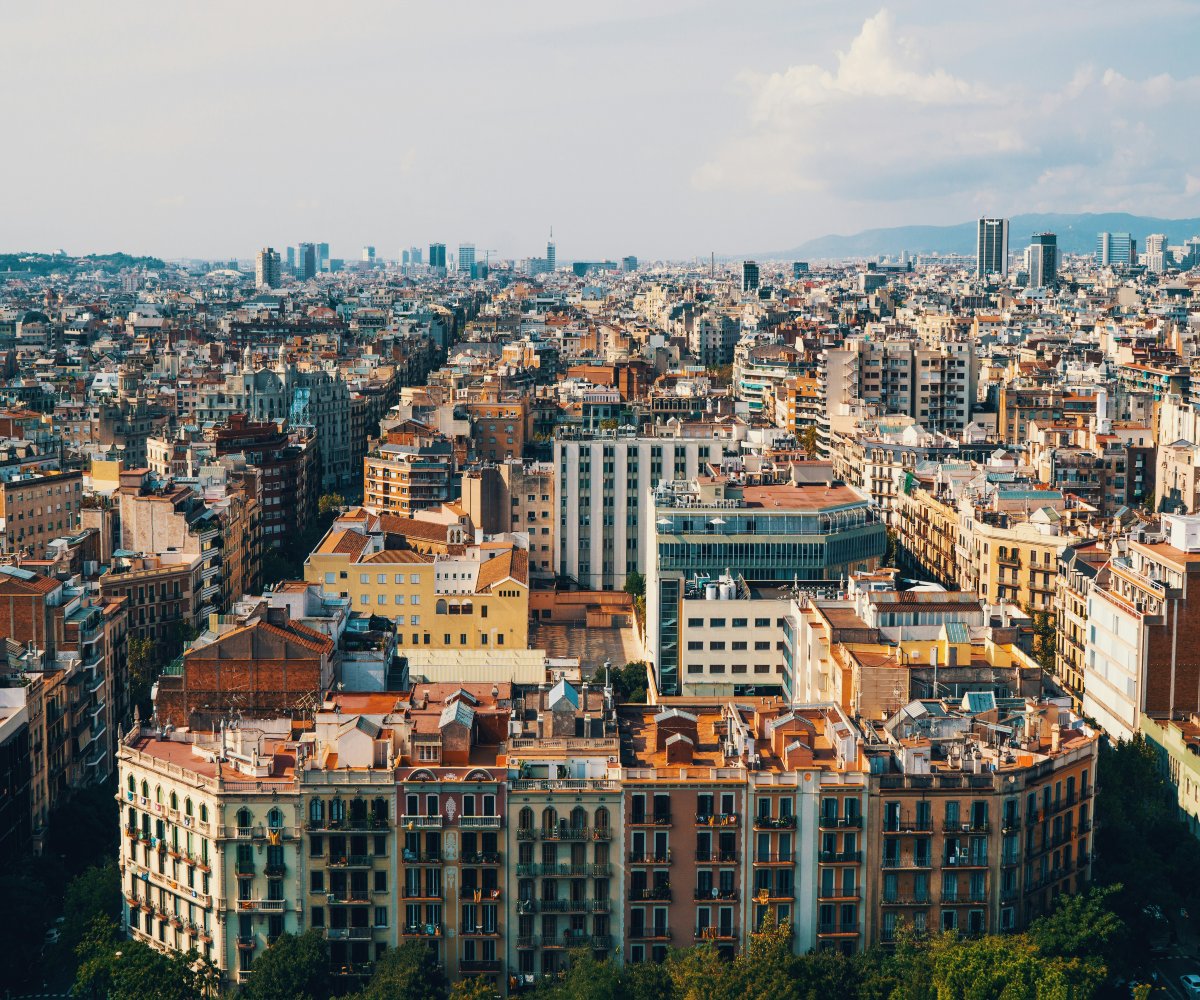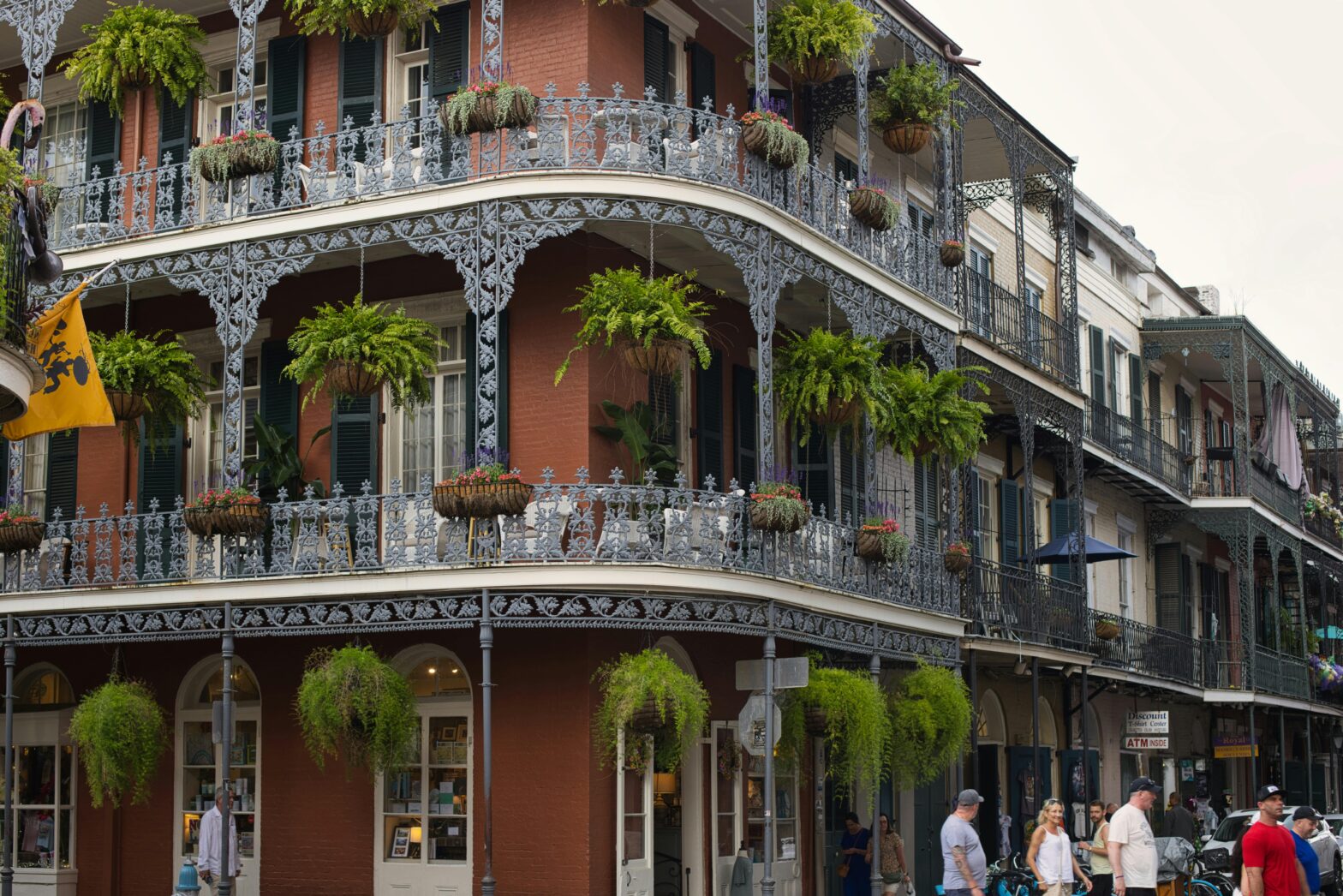Africa is the second-largest continent in the world, after Asia, and the only one which stretches across both the northern and Southern Hemisphere. It is also the second most populous with over 1.2 billion inhabitants spanning 54 sovereign countries, and with approximately 3000 African tribes.
The continent’s rich diversity is reflected in the multiple languages spoken across the continent. In South Africa alone, there are 11 official languages.
To learn a bit more about some of these African tribes still active today, Travel Noire consulted Dr. Gina Paige, founder of African Ancestry, Inc. and Akosua Awusi, founder of African Conversations and Connections Tour.
Mende
The Mende people are one of the two largest African tribes in Sierra Leone. And they are part of a larger group of Mende-speaking people, known for being farmers and hunters. One thing to note about the Mende, according to Dr. Paige, is that they have these societies that help initiate young people into adulthood.
For the women, that society is called the Sande society. A group of women in the community come together and take girls through a set of initiation rites or rites of passage. The leader of that society is called a Sowei and acts as the elder. If you visit African art museums chances are you will see a wooden mask called a Bundu mask. It is the only mask worn by women ceremonially across the continent. Among their most popular dishes is the cassava leaf stew prepared with meat, chicken, or fish. Today, the districts of Bo and Moyamba have a large Mende population but generally, they’re found in the southern part of Sierra Leone.
Sierra Leone has a country cloth that has very specific fashion elements that are related to the different ethnic groups. The Mende are represented with a woven cloth with a design indicative of the tribe. Some notable African-Americans have been traced to the Mende tribe including Questlove and Black Thought from The Roots, legendary poet Maya Angelou, and the late congressman John Lewis.
Tikar
These are the artists and the artisans of the culture. They are a Northern Bantoid ethnic group native to Cameroon and can be found in the northwest part of the country. They historically are descended from royalty.
Dr. Paige notes that today they are living in places like Bamoun in the western part of the country. The Bamoun Kingdom is ruled by the Sultan of Bamoun. They are very creative people and their masks are popular.
Cameroon has two capital cities. One is the cultural capital and one is the economic capital. The Tikar reside in the cultural capital, Yaoundé. There is a unique fabric style for the Bamoun Kingdom for the Tikar people.
In terms of food, seafood is a staple in Cameroon, and one of their very notable dishes is called Ndolé. This is a Cameroonian dish consisting of stewed nuts, ndoleh (bitter leaves indigenous to West Africa), and fish or beef. People traced back to the Tikar include actor Anthony Anderson, music producer Quincy Jones, and former Secretary of State Condoleezza Rice, and comedian Wanda Sykes.
Kwahu
This is a subset of the Akan people from the eastern region of Ghana. Historians believe that the name is derived from the myth, “The slave (akoa) died (wu),” based on ancient prophecy that a slave would die so the wandering tribe of Akan would know where to put down roots.
They are known for their proficiency in funerary ceramics and woodcarvings, which include stools (seats of power) and akua ba (wooden dolls) that are associated with fertility. They are typically called the mountain people due to the location of their settlement, which is at the top of the highest habitable land in Ghana. Kwahu people are considered a very industrious lot and are renowned for their business acumen. They are Twi-speaking people, which is a dialect of the Akan language.
Find out more about African culture and history by visiting African Ancestry, Inc. and African Conversations and Connections Tour.





